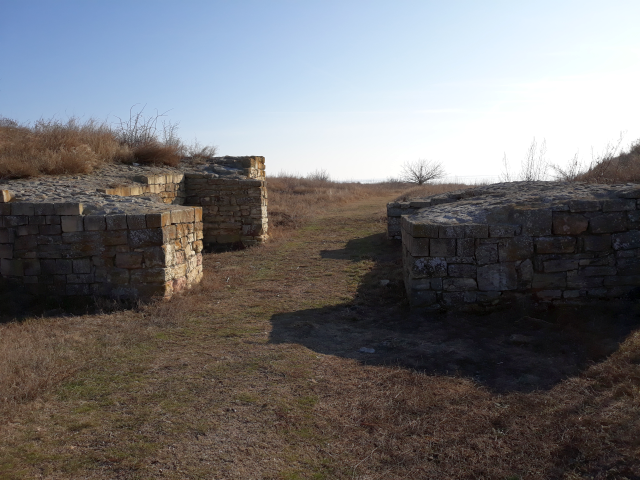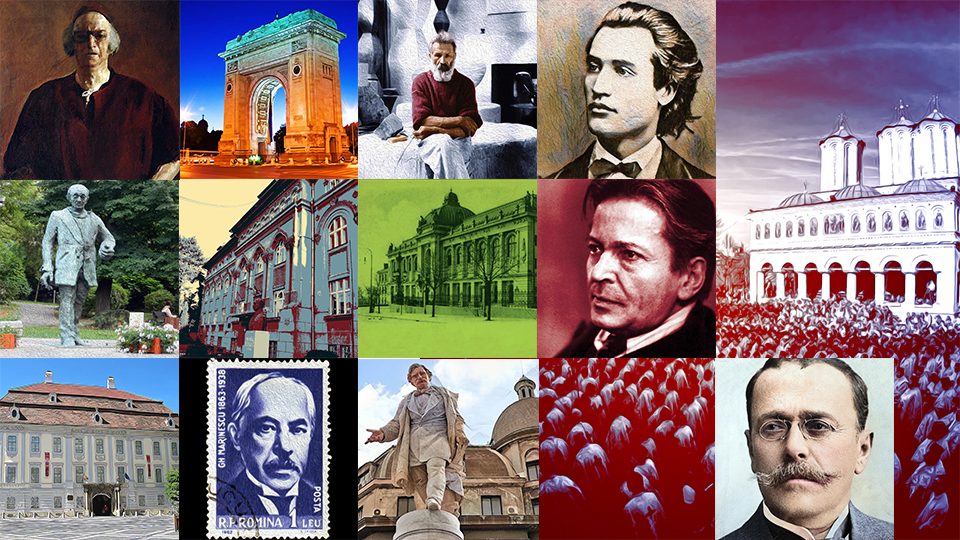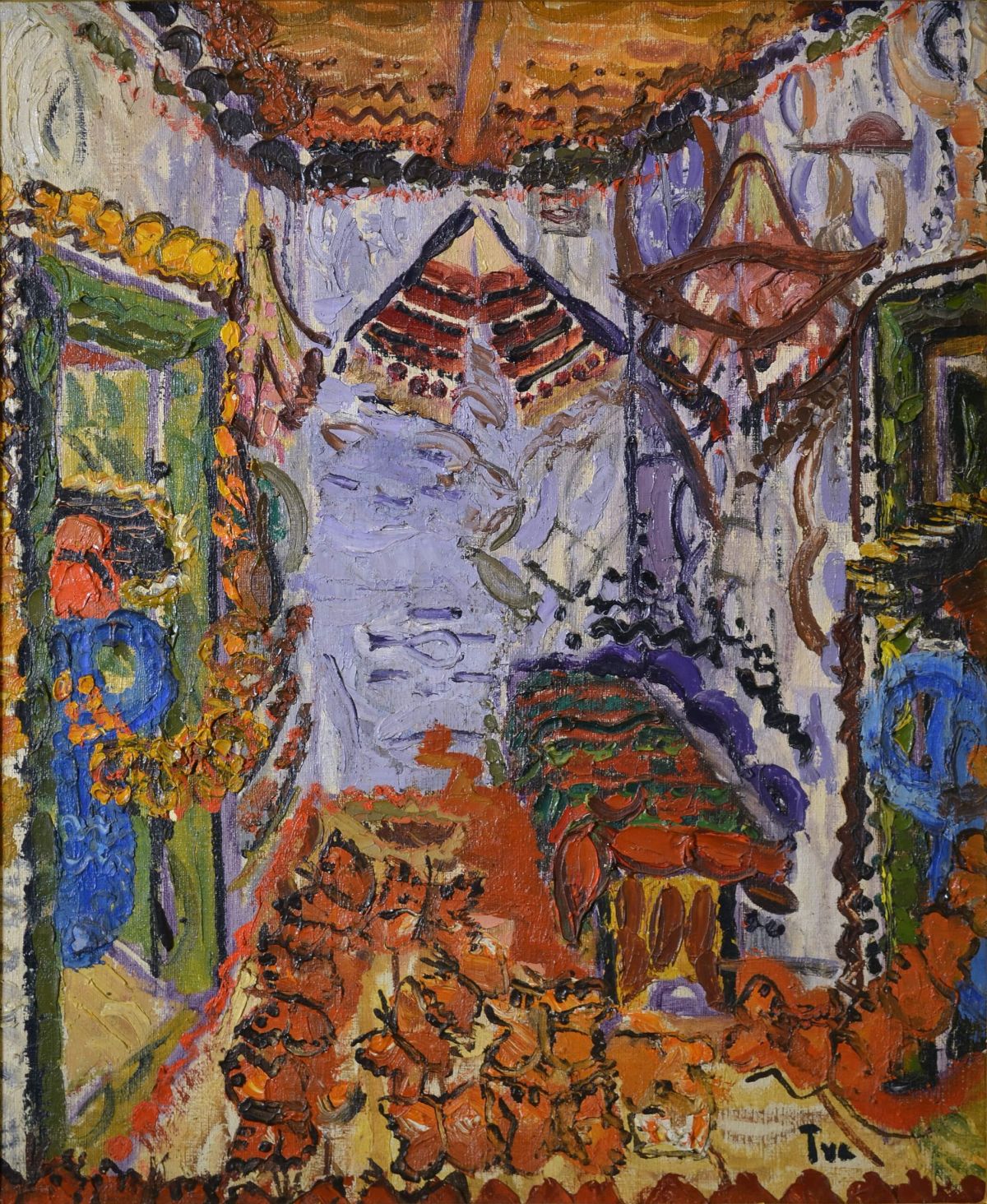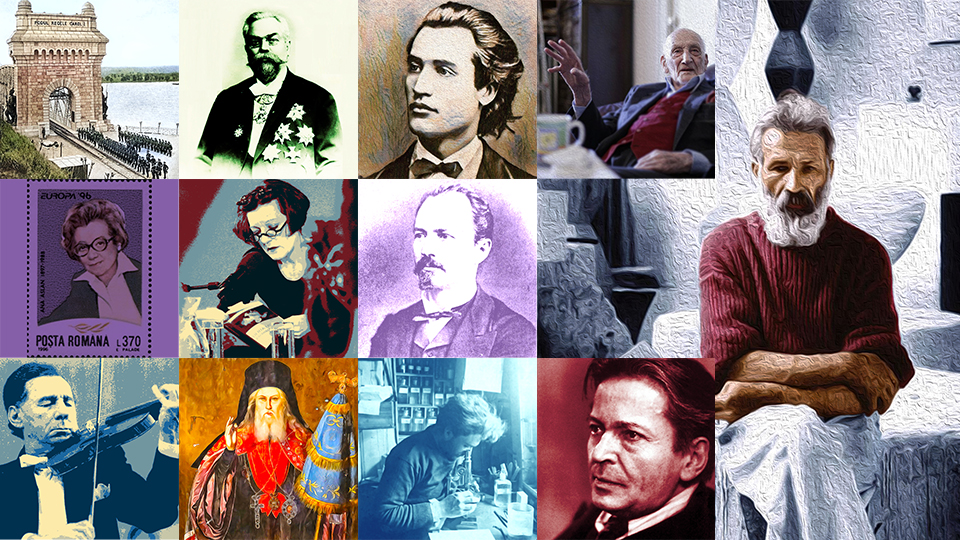The Argamum Colony
Greek colonies, satellites of the ancient Hellenic cities, were founded on the Romanian Black Sea Coast

Ștefan Baciu, 09.02.2019, 14:32
Greek colonies, satellites of the ancient Hellenic cities, were founded on the Romanian shore of the Black sea coast at the half of the 7th century BC. One such satellite was Argamum or Orgame, otherwise known as Argamon, according to other sources. Located at the interflow of Razim and Golovita lakes, Argamum was founded by the Greek colonists coming from Asia Minor. The name of the metropolis they came from is unknown. More than halfway through its very thriving existence as a port city in a former Black Sea gulf, Argamum was occupied by the Roman Empire in the 1st century AD, when Rome strengthened its presence in the Lower Danube.
The historian and archeologist Vasile Parvan discovered the ruins of the city in 1916. The site stretches on a surface area of around 100 hectares, largely untouched by excavation works, with only remains of enclosure walls being unearthed, as well as a gate, a few streets, Palaeo-Christian basilicas and earth walls. Stefan Constantin is a tourist guide. He helps those who venture so far as to travel to wild areas such as the ancient Argamum make sense of what they see.
Our guide says that the Greek founders of the colonies arrived in the northern part of the Black Sea a little bit later than in the other parts: ” It was not until the 7th century that the Greeks ventured as far as to explore the Black Sea, obviously for trade purposes, while social pressure was rather strong in the Greek town. They were in need of new markets, new spaces, they may have arrived as far as here to found the first colony on the Black Sea shore. The most relevant evidence for that is a little mound, an ancient Greek incineration tomb, unique in kind in the Balkans and the Black Sea area. So important was the tomb for the city dwellers that a hero cult evolved, which lasted for about 400 years. All archaeological sources unearthed on the site date as far back as the second half of the 7th century, between 640 and 630 BC, which coincides with the foundation of the colony. This was so important a character that archaeologists reached the conclusion that the person buried there had been the very leader of the colony.”
Stefan Constantin says that a rock in Argamum, seemingly of little importance today, held a prominent place in the layout of the city back then. With details on that, here is Stefan Constantin himself: ” The rock is mentioned in only one source. A Roman geographer of the 2nd century BC mentioned it, under the name Teron Akron. Akron means cliff. Using the Ancient Greek dictionary, I tried to translate teron, and there are two meanings for that word. One would be a bird feather, which would mean Feathers Headland, while the second meaning would be porch or peristyle, an area with columns. Neither of the two meanings suit the reality on the ground, as archeologists discovered the area was sparsely populated in the 2nd century BC, it then had been abandoned for about a generation or two. If the locality was deserted, neither the columns nor the feather were relevant presences. “
As a result of the scant research undertaken so far, archeologists believe the geography of the place had been different. Speaking about that, here is Stefan Constantin once again: ”In ancient times, a Black Sea gulf could be found here, the Greek named it Halmyris, briny water, which means water which is slightly salty, while the sailing route could be found around today’s Gura Portitei. The main access way to the Gulf was here. An isle was there, with a small church, used as a military control point. Then on the Razim Lake, you could sail along the Danube from a subsidiary branch, today’s Dunavat waterway, only to sail out towards the locality of Murighiol today, the former ancient city of Halmyris, which took its name from the ancient islet nearby. During the Roman period, Halmyris was a very important city, more important than Argamum as it acted as a Roman border fleet military base”.
A necropolis can be found there, dating back to antiquity, as well as traces of dwellings in the eastern part of the cliff and artisanal ceramic ovens, while from the 5th century BC, the classical age of the Ancient Greek civilization, dates a fragment of the enclosure wall, several edifices, as well as other ovens built towards the headland and tumular tombs. The eras that followed, the late Hellenistic and early Roman ones, are noticeable outside the enclosure walls. The locals used wood as a construction material. It is estimated than in the city’s heyday, around the 4th and the 5th century AD, 10,000 people lived in Argamum, with the well-to-do living inside the walls and the downtrodden living outside the walls.
According to Stefan Constantin, Argamum disappeared as a result of attacks migratory populations ran on the Romanian border of the Danube around the 7th century AD: ”The citadel was completely destroyed around the year 665. The entire Scythia Minor, today’s Dobrogea, was swept by a wave of migratory populations, an alliance of Bulgarians and Avars, which razed everything to the ground. A great many dwellings could not recover, only a few of them could be recovered, such as today’s cities of Tulcea, Constanta, Mangalia, but the border localities, such as Arganum, could not be recovered. And it was also at that time that Histria was abandoned, the destruction was massive. Raiders burnt everything, the enclosure walls were brought down. Archaeologists discovered that 50 to 70 years after the destruction, traces of habitation could be found only at the church entrance. Maybe one or two families closed the walls of the church entrance, and for one generation or two they used it as a dwelling space. No traces of habitation had been found in the region since then.”
Just like any other abandoned dwelling, Argamum is still an attraction point, while the less frequented areas still hold fascination.






























